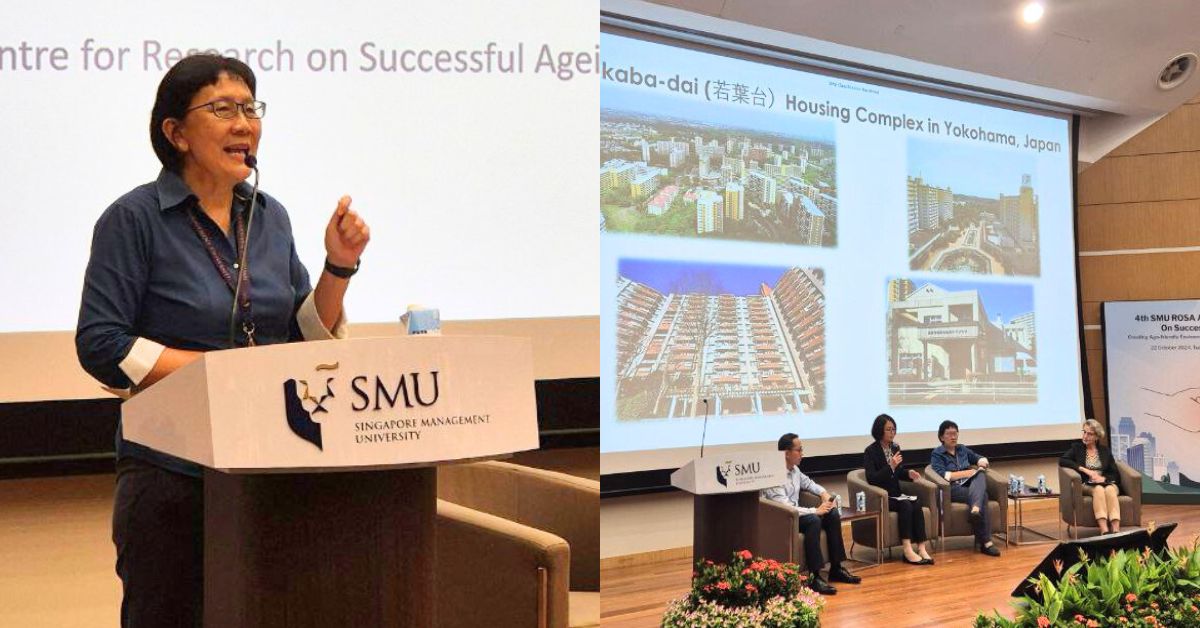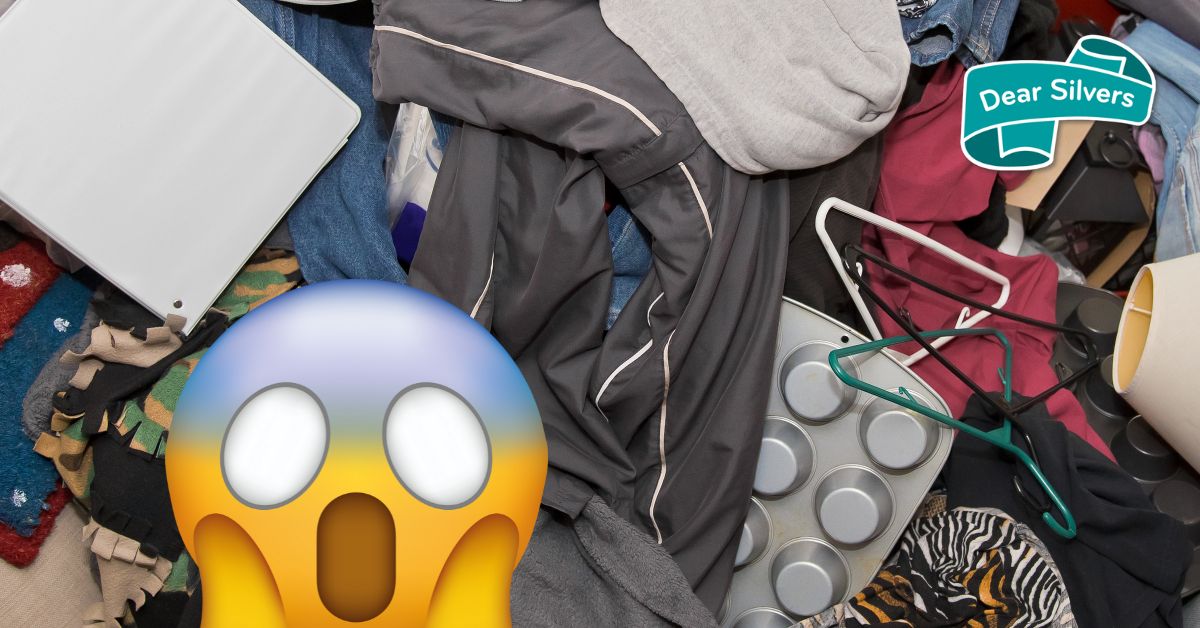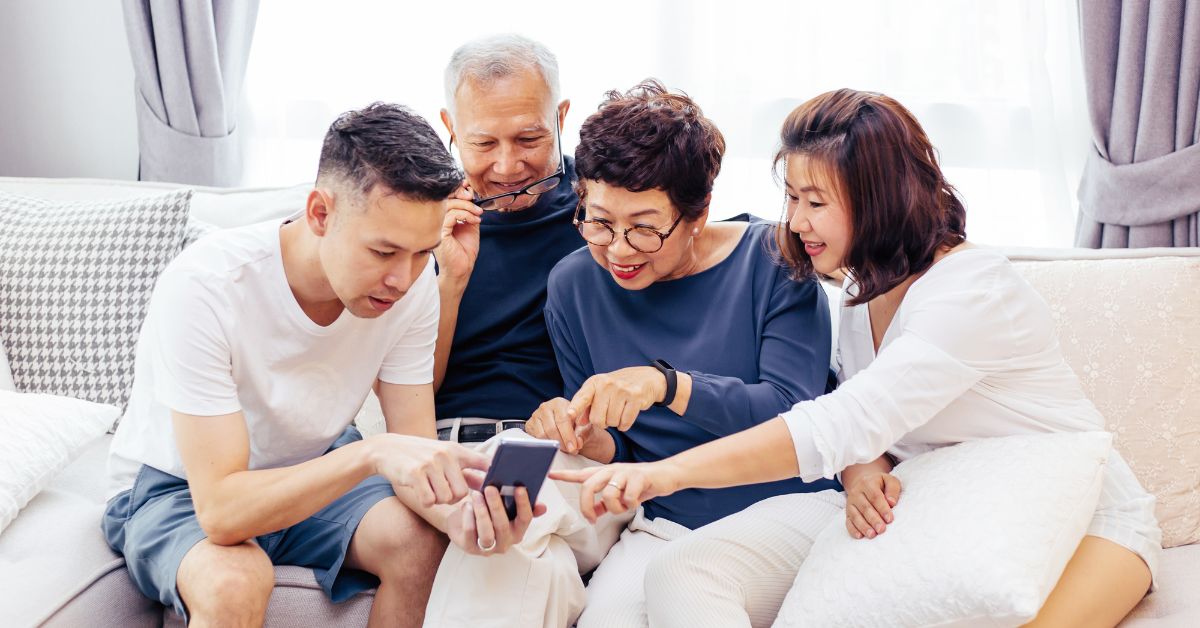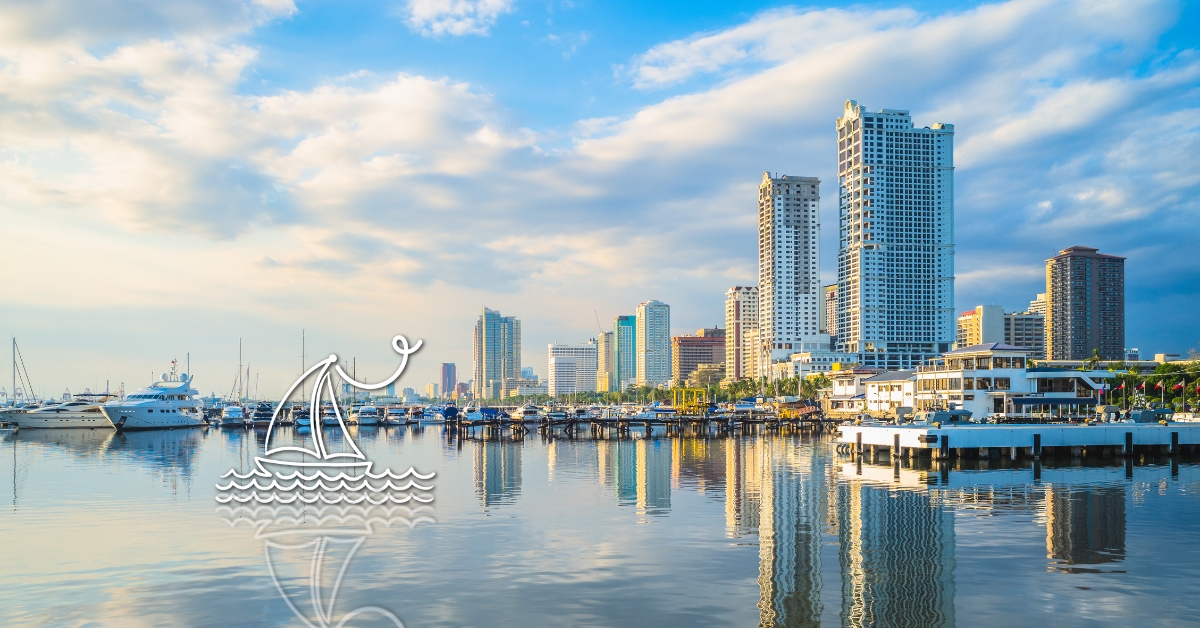
When it comes to overseas retirement destinations for Singaporean seniors, the Philippines usually isn’t the first country that comes to mind. However, the archipelago has plenty going for it – great nature, better beaches, friendly people, accessible cost of living and an attractive Special Resident Retiree’s Visa (SRRV) to boot.
While its proximity to Singapore can’t match the reigning retirement star Johor Bahru, a four-hour direct flight to Manila isn’t too shabby either, especially when you factor in the perennial jams clogging the Causeway.
Perhaps the most attractive part about retirement in the Philippines is its relative cost and standard of living compared to Singapore. With a favourable currency conversion of S$1 to 42.7 Philippine pesos as of press time, Singaporean expats – even in major cities like Manila – are almost guaranteed to spend their retirement years in comparative luxury without fear of depleting their funds.
To get a better idea of this, you can look at the requirements for the SRRV below – along with any other nagging questions you might have about retiring in the Philippines.
Is it safe, and can the healthcare there match up to Singapore’s? Is it convenient to get around? Do you need a citizenship, or will do the SRRV do just fine? Read on for everything you need to know.
Advertisement
Retirement in the Philippines
- What are the requirements for the Special Resident Retiree’s Visa (SRRV)?
The Special Resident Retiree’s Visa, or SRRV for short, is a special, non-immigrant visa allowing the holder to reside permanently in the Philippines. Yes, permanently, meaning that all SRRV holders will be permitted to stay indefinitely in the country, leaving and entering multiple times as they please. SRRV holders can work, study and invest in the Philippines if they wish too.
The SRRV is designed to be attractive and accessible to foreign nationals and former Filipinos, which is why the application criteria are relatively easy to meet. In fact, the government has even created an agency attached to the Department of Tourism dubbed the Philippine Retirement Authority (PRA) with the mandate of encouraging potential retirees to find a golden-year home in the Philippines.
To apply for the SRRV, you simply need to be medically fit, legally permitted to leave your country of origin and over the age of 50. SRRV applicants can also bring over their spouses, and even their unmarried children (below 21 years of age). All you’ll need to do is put up some money in the form of a deposit.
Updated eligibility criteria for SRRV from Apr 2025
| Category | Classic | Courtesy | Expanded Courtesy | |
|---|---|---|---|---|
| Eligibility | Retirees without a monthly pension | Retirees with a monthly pension (including CPF Life payouts or other annuities) | Former Filipino nationals and foreign diplomats, or offices / staff of international organisations | Retired military officers; retired diplomats; retired professors; recipients of Nobel prize or other prestigious awards |
| Minimum deposit (converted from US$) | S$26,200 | S$13,100 | S$1,970 | S$1,970 |
| Pension amount (converted from US$) | NA | S$1,050 for a single applicant; S$1,310 for applicants with dependents | S$1,310 | S$1,310 |
SRRV applications must be supported by the following documentation:
- Original medical certificate secured in the Philippines (the PRA has accredited clinics for this) within six months of the application
- Police clearance authenticated by the nearest Philippine Embassy within six months of the application
- Bank certification proving remittance of deposit to any of PRA’s designated banks
- Proof of pension authenticated by the nearest Philippine Embassy
- Proof of qualification for courtesy or expanded courtesy SRRV applications, authenticated by the nearest Philippine Embassy
- Original passport with tourist visa in the Philippines
- Eight recent, high-quality photos
It costs US$1,400 (S$1,840) to apply for the SRRV. Once successful, you will also incur an annual fee of US$360 (S$473) to the PRA.
Dependents will also have to submit their own set of forms and documentation (proving, for example, that you’re actually married). If you have more than two dependents with you, take note that you will need to put up a larger deposit and pay slightly higher annual fees to the PRA.
- What do you get from the SRRV?
SRRV holders get a lifetime exemption from Bureau of Immigration requirements, meaning they won’t have to apply for work and student visas, nor re-entry and exit permits. They are also exempt from tax on pensions and annuities – you only pay tax on income you generate within the Philippines.
The PRA also promises to assist retirees in transactions with other government agencies while offering discounted rates with certain merchant partners (everything from clinics and hospitals to resorts and restaurants) and Philhealth insurance (essentially the Philippines’ version of MediShield).
- Can Singaporeans own property in the Philippines?
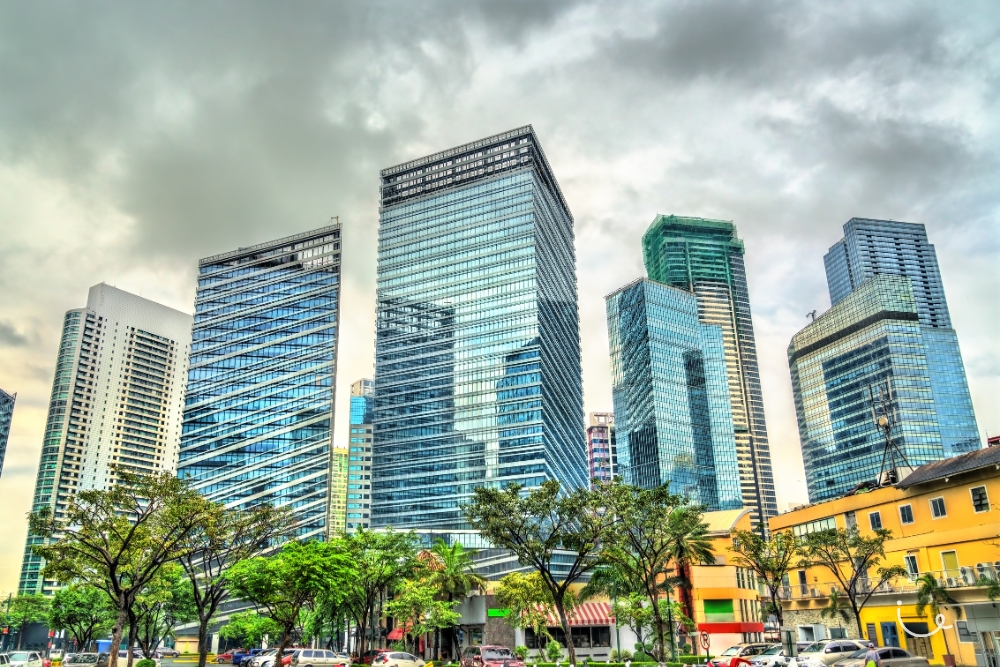
Whether you’re an SRRV holder or not, Singaporeans looking to retire in the Philippines cannot own land there as an individual.
However, they can buy condominium units, with the caveat that a single development cannot sell more than 40% of its units to foreigners (though of course, this will be the developer’s responsibility).
For foreigners looking to reside in a landed property, the next best option would be a long-term land lease. These leases go for up to 50 years, with the possibility of renewal for another 25 years – which is more than comfortable for even the most vigorous of retirees.
As with any property investments overseas, make sure to do your due diligence and check in with experts in local markets before committing cash to any upcoming development. There are local property consultants who can help you verify permits and process all documents relevant to the transaction.
- How much should my CPF Life payout or private insurance annuities be?
Singaporeans who’ve managed to hit this year’s Full Retirement Sum (FRS) of S$213,000 in their Retirement Accounts can look forward to payouts of between S$1,610 to S$1,730 by age 65 – meaning they’ll easily secure their SRRVs even before taking private insurance annuities into account.
Here’s another bit of good news: cost of living in the Philippines is much, much lower than Singapore. Crowdsourced quality-of-life database Numbeo puts it at a full 63.8% lower, so it’ll cost a fraction of what it does in Singapore to maintain a similar standard of living there.
These costs can fluctuate even further depending on where you end up in the country. Naturally, living in a resort paradise like Boracay or upmarket areas like Bonifacio Global City in the middle of Metro Manila would be pricier than, say, taking root in a quieter area like Batangas.
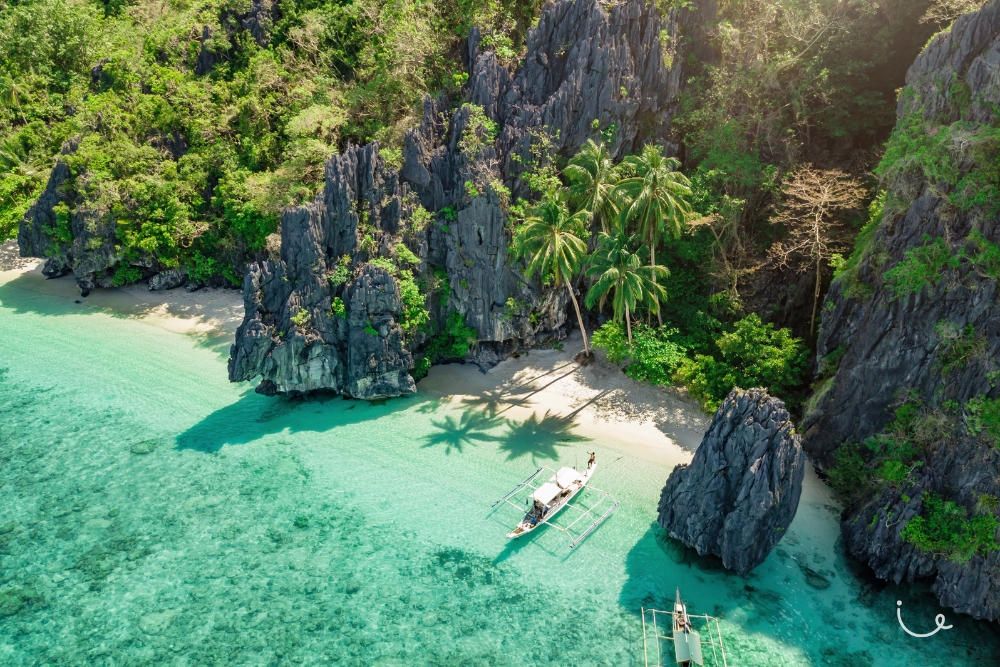
- Is the Philippines safe?
With its rich tourism industry, it’s no surprise that the Philippines is generally safe for visitors. In fact, the 2024 Global Safety Report by Gallup placed the Philippines’ law and order index ahead of countries like the United Kingdom, Australia, Italy, the United States and Thailand.
However, that doesn’t mean the entirety of the archipelago scores equally well on safety. The Ministry of Foreign Affairs advises taking “all necessary precautions” for travel to the island of Mindanao in the wake of clashes between government forces and terrorists. Both the United Kingdom and the United States have similarly advised against travel to Marawi City in Mindanao as well as the Sulu archipelago.
Generally, you’ll be fine sticking to populous cities like Manila, Davao or Cebu, while avoiding any unnecessary risks like late-night walks in seedy parts of town.
- What about Manila’s famously bad traffic?
Despite its size, the Philippines only has less than 160km of operational railway – a good portion of which is concentrated in its capital Manila. Nevertheless, the three rail systems there (LRT1, LRT2 and MRT3) are cheap, decently efficient and nearly fuss-free with contactless payment available on their version of EZ-Link, the Beep Card.
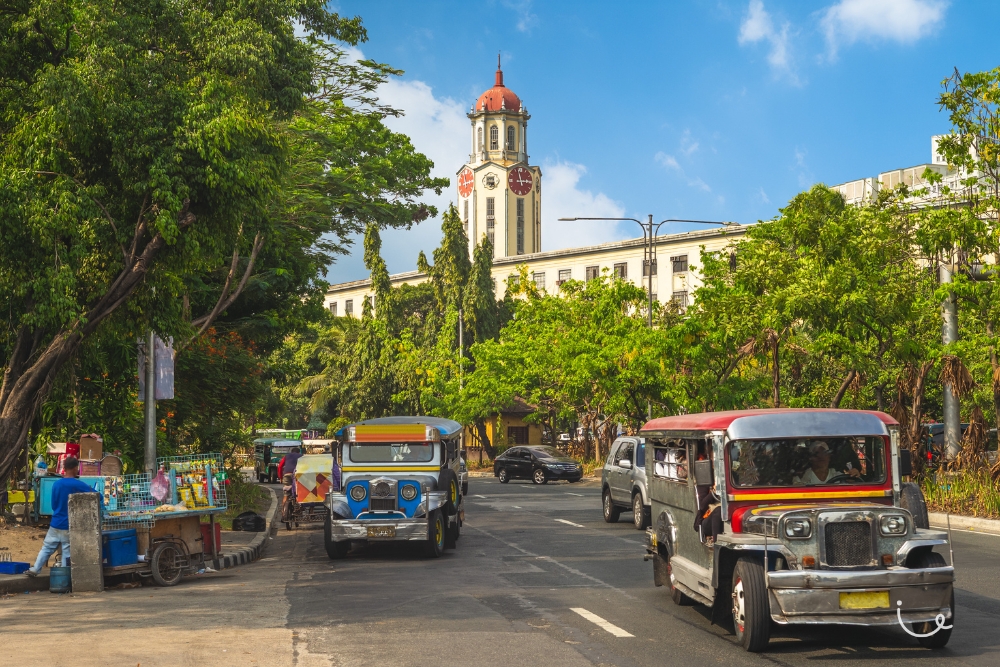
Unfortunately, we can’t say the same for the same for buses and the Philippines’ dwindling fleet of iconic jeepneys – lorries done up to look like American military jeeps from World War II, now used as a cheap public minibus. Many of these are old, cramped, pollutive and uncomfortable, though of course, premium services on modern buses in touristy areas are available.
Traffic in the Philippines — and especially Metro Manila — routinely ranks as one of the worst in the world, with perpetual traffic congestion in most major areas. Rather than adapting to the country’s left-hand driving system and frankly haphazard local drivers, get a Grab and sit back, ‘cos you’ll probably be looking at a travel time of more than 25 minutes per 10km in Manila.
On the other hand, domestic air travel is mercifully affordable with budget flights averaging less than S$100 per flight.
- Does the Philippines have good healthcare?
The Philippines operates on a universal healthcare system administered by PhilHealth, meaning that everyday treatments at public facilities are very cheap, even by local standards.
With that said, there is a stark difference in the medical care available at provincial hospitals in more rural parts of the country. This problem is exacerbated by the droves of Filipino healthcare workers leaving for better prospects in countries like Singapore and Hong Kong.
Our advice? Stick to populous cities like Manila, and you’ll be able to receive excellent healthcare at private institutions like the well-known St Luke’s Medical Center or The Medical City with minimal waiting time.

